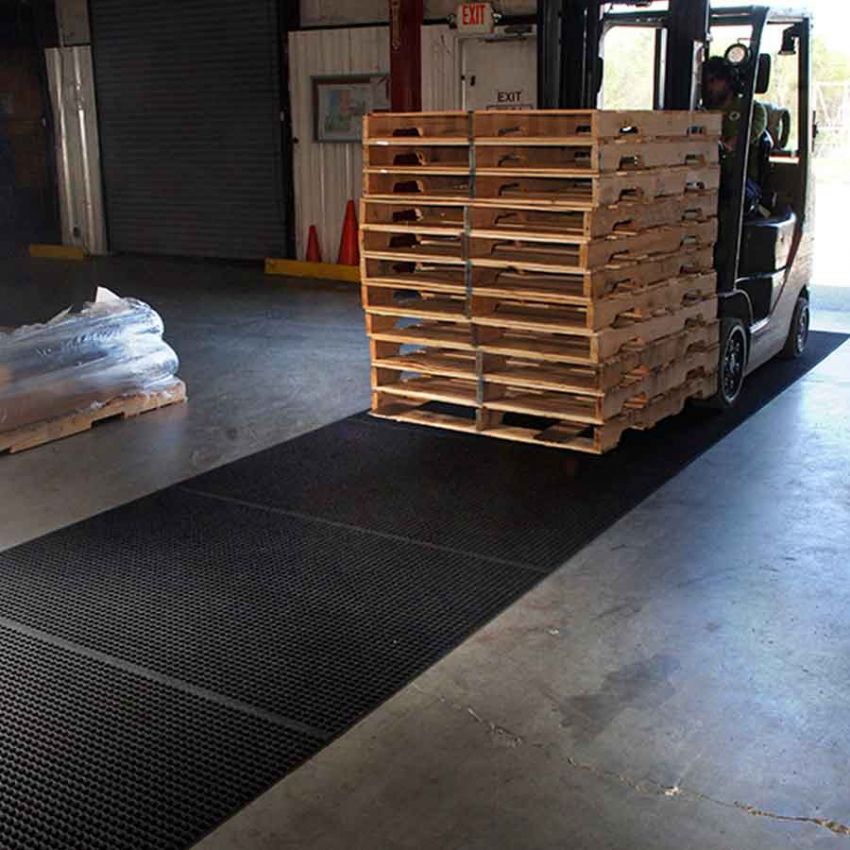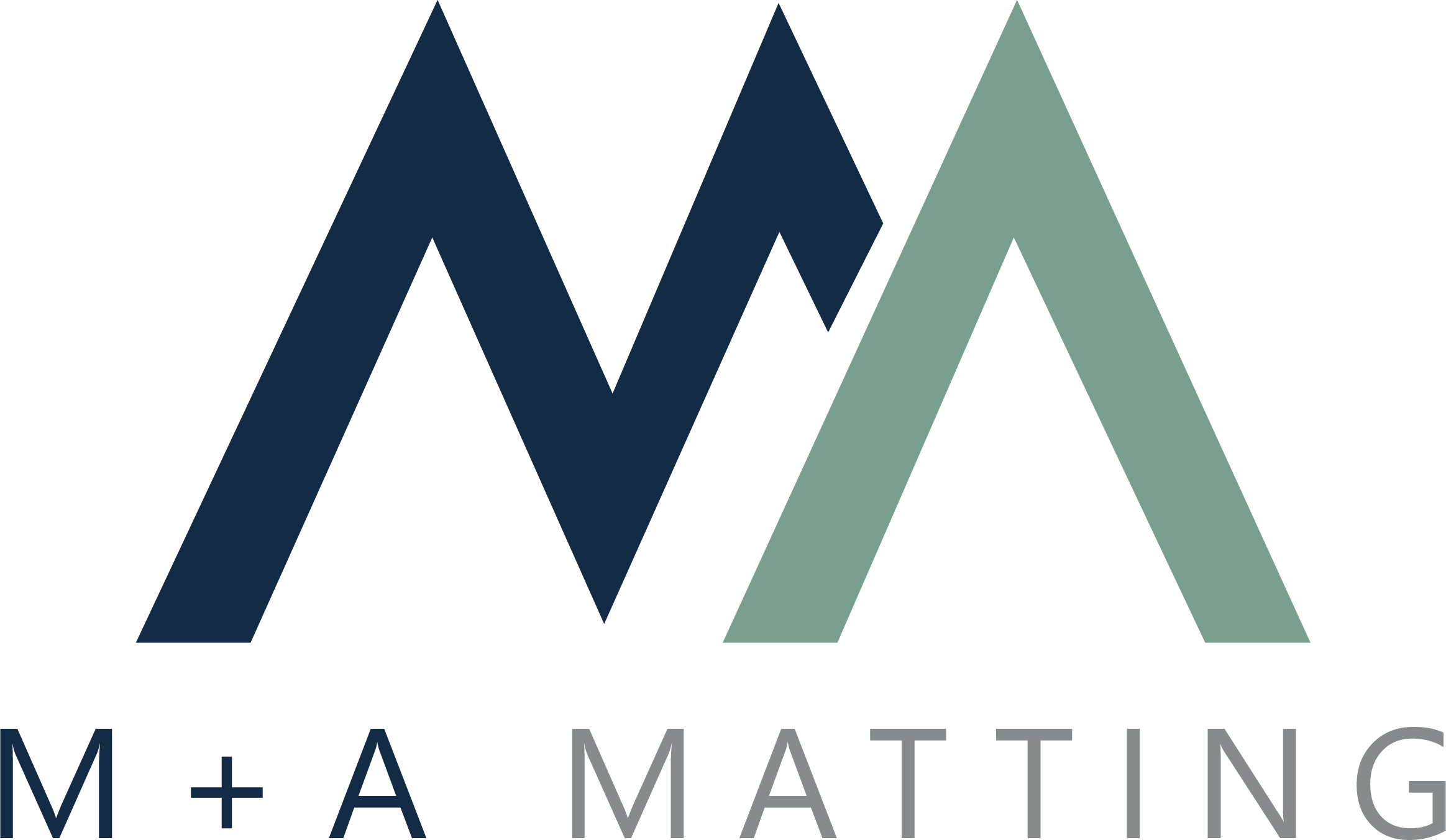










This floor mat, designed for cart entrances and/or walkways, enables efficient wheel cleaning by effectively removing moisture and dirt from the wheels. In this way, you can minimize the wet and dirty marks left on floors by forklifts. Can withstand forklift traffic of up to 6350kg. Ideal for use in workshops, warehouses, supermarkets and industry.
VACUUM CLEANING: Vacuum regularly with an industrial vacuum cleaner - An industrial vacuum cleaner for wet and dry surfaces is recommended for areas affected by snow or heavy rain.
EXTRACTION CLEANING: Extraction cleaning with a commercially available machine is the preferred method for deep cleaning existing mats - Regular extraction every 4 to 12 weeks in high-traffic areas will help reduce dirt and wear. For example a scouring sander.
Used in dry or damp environments where dirt, debris and water may be present. ideal in all areas of activity where carts have to go back and forth between outdoors and indoors.

| waterhog fortlift |
Data sheet
| Format | Mat |
| Composition | |
| Thickness | 8.6 mm |
| Sole | |
| Resistant to chemicals | No |
| Environment | Dry environments Wetlands |
| Intensity of use | Intense |
| Wear index | 2/3 (Very good) |
Industrial mats meet the needs of ergonomic workstations and employee well-being.
They prevent:
There are many uses for industrial mats:
Safety criteria: The mat must cover the entire workstation, be firmly attached to the floor, not shift or slide, and have bevelled edges to prevent falls.
Thickness and flexibility criteria: Contrary to what you might think, you shouldn't choose a very thick or very soft mat. The mat should have a certain elasticity, but still allow a comfortable standing position, without the user feeling slumped.
Environmental criteria :
Environmental hazard criteria : To establish more precise characteristics for a mat (antistatic properties or fire resistance etc...) we need to take into account the hazards present in the environment where the mat will be installed.
Where hazardous liquids are present in the working environment, the anti-slip properties and chemical resistance of industrial mats should be taken into account. The presence of openings on mats to allow the evacuation of fluids is essential.
Traffic criteria: We need to take into account the traffic that takes place on the equipment: how many workers can walk on it? How often, etc., in order to choose the most suitable mat.
Prevent the many problems associated with poor workstation ergonomics: RSI, static shock, bacterial proliferation, etc.
We offer a wide choice of industrial mats: on rolls, in standard sizes, made-to-measure or modular mats to suit all types of workstations.